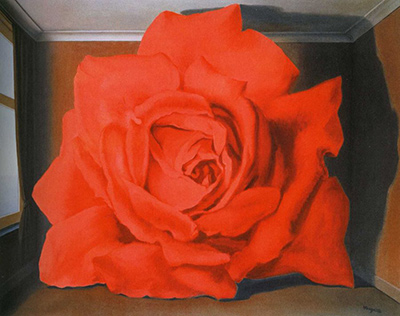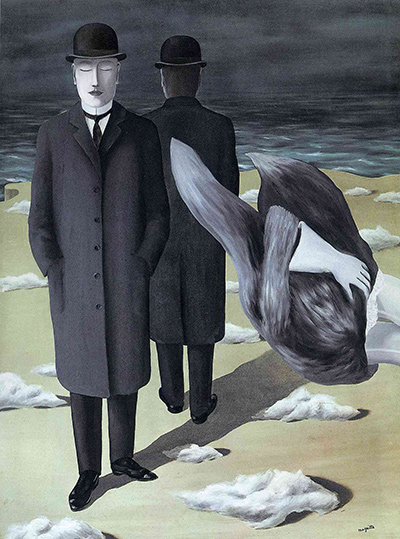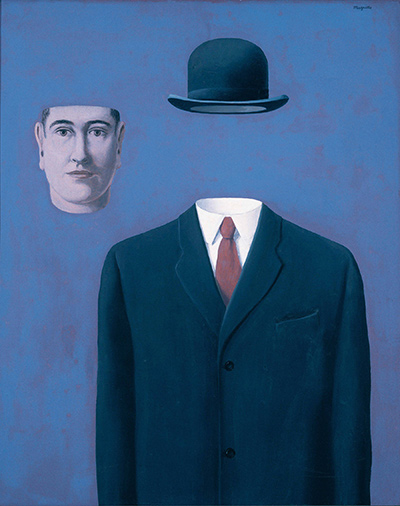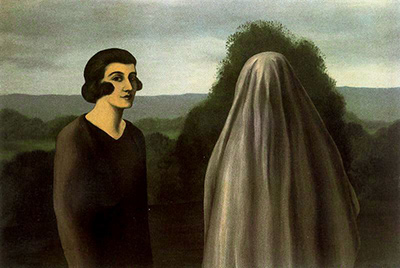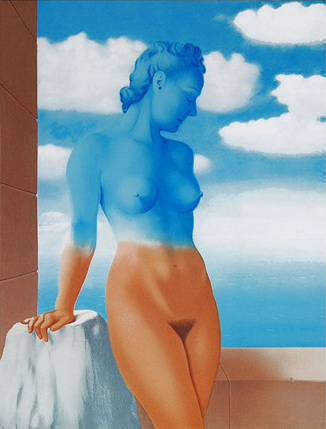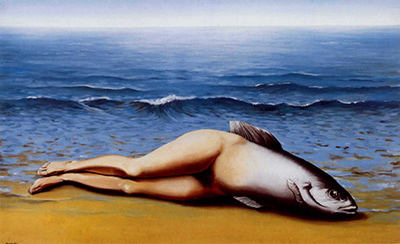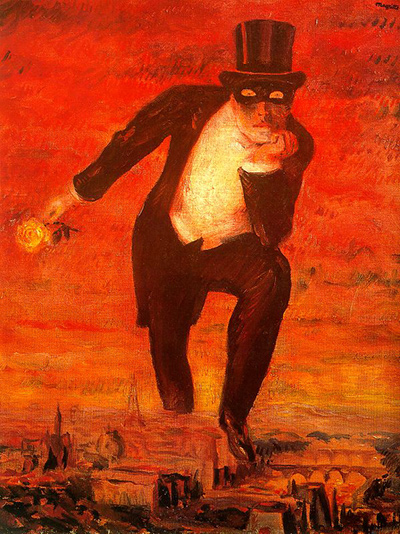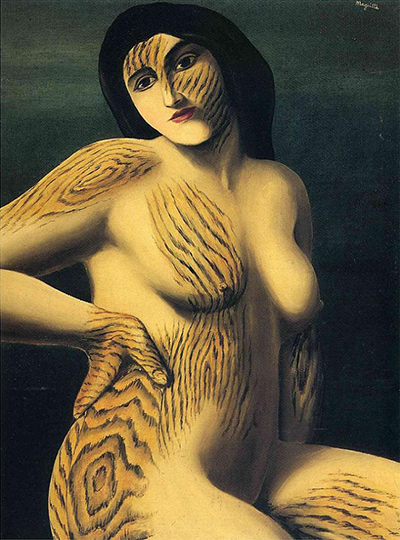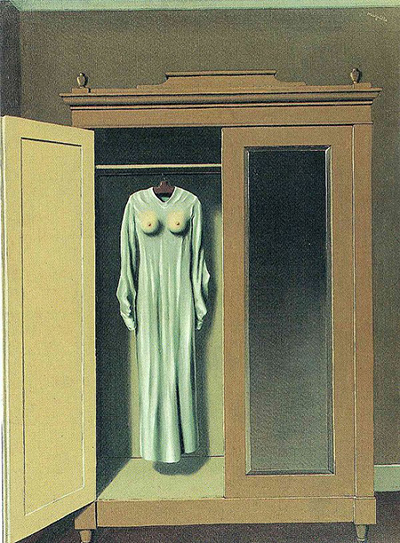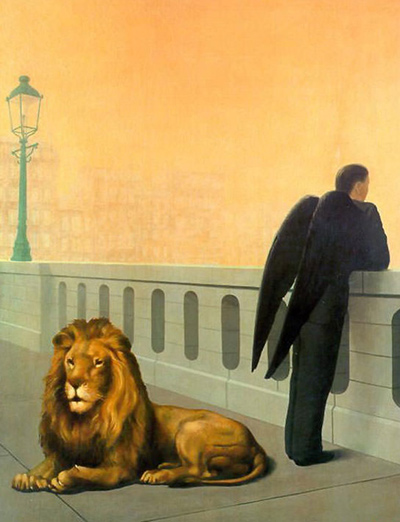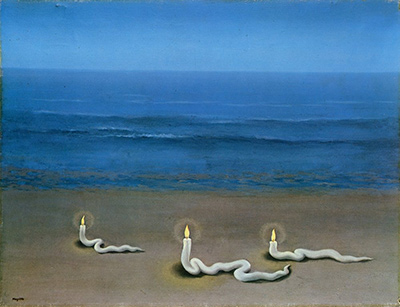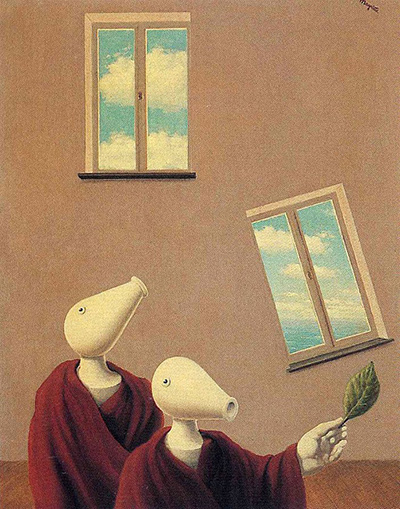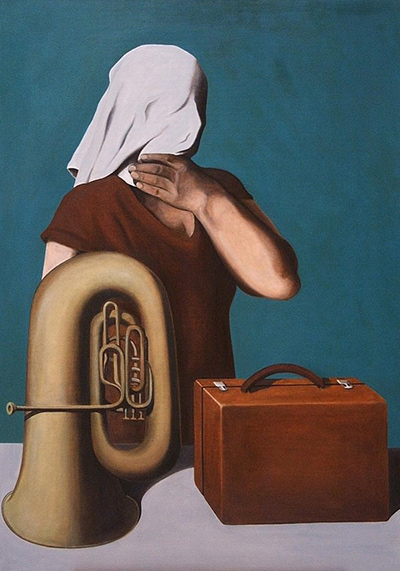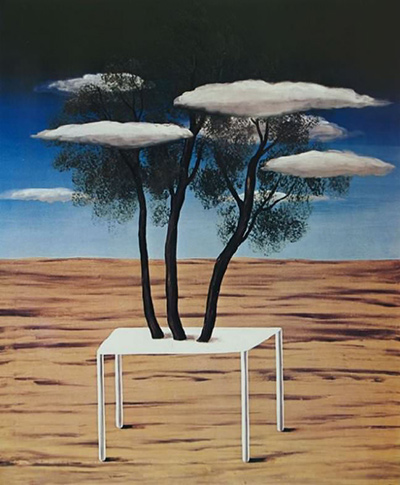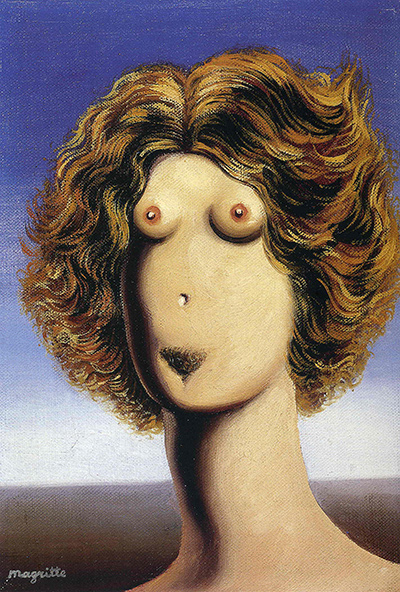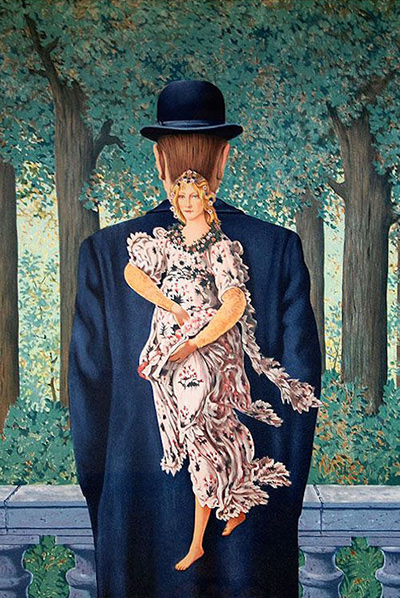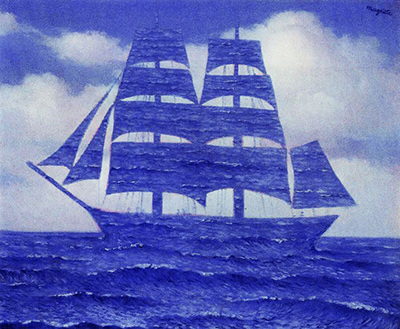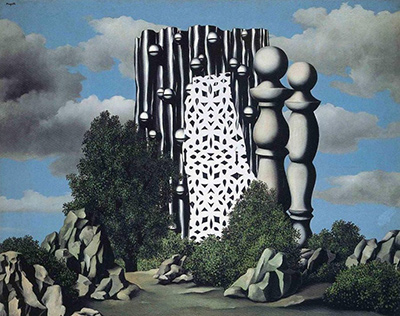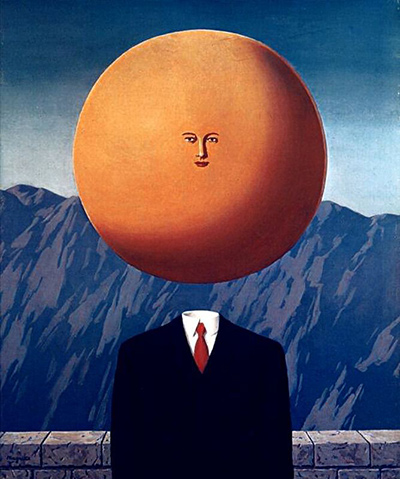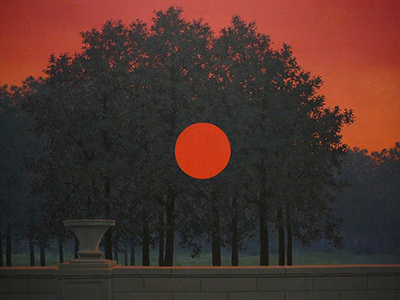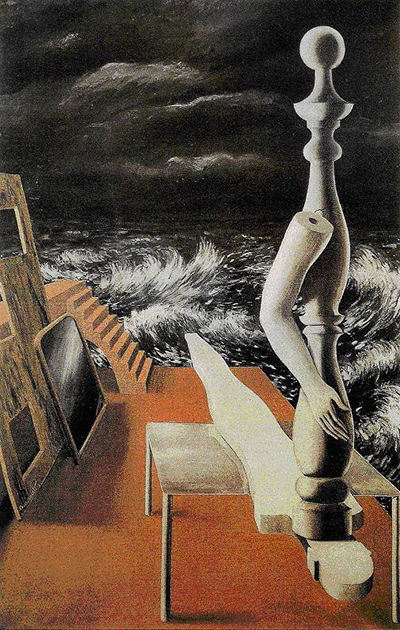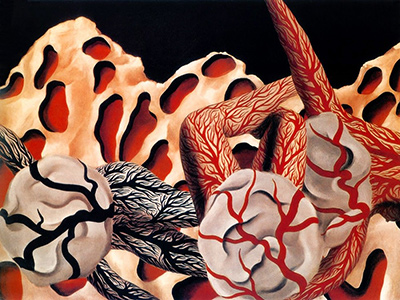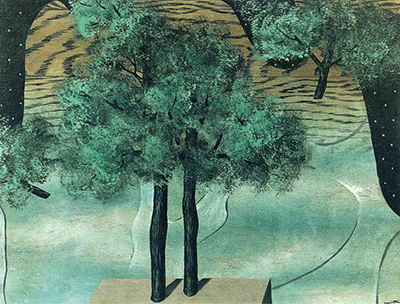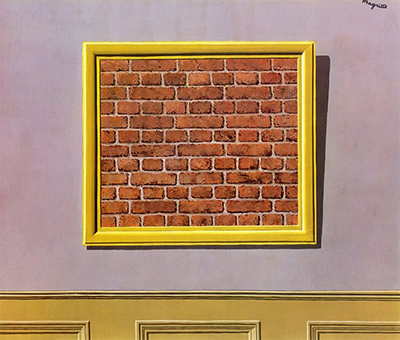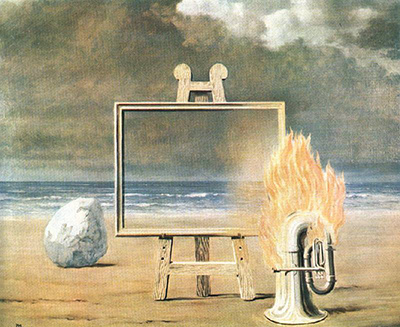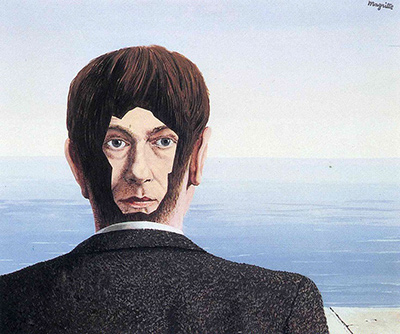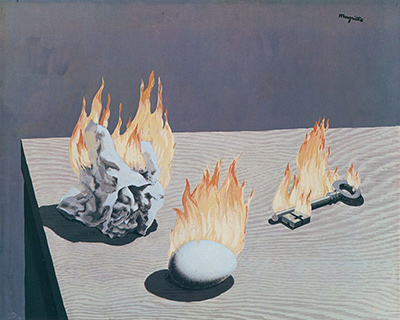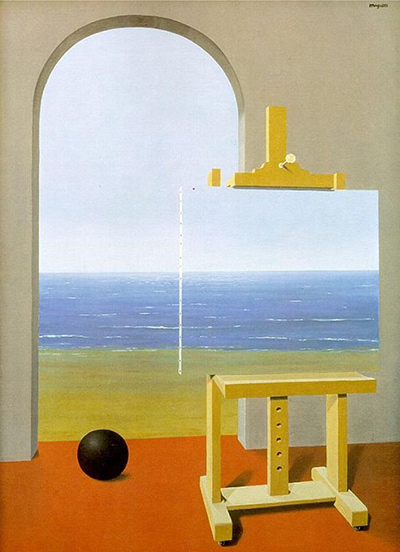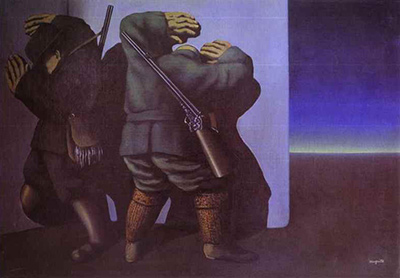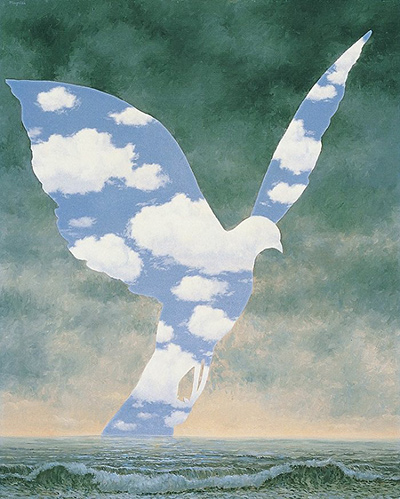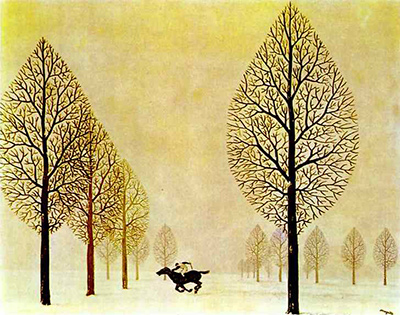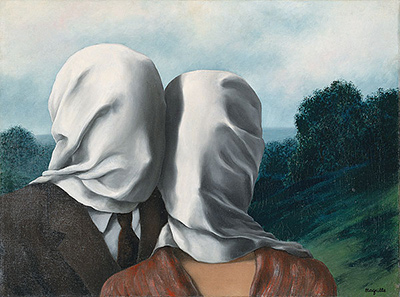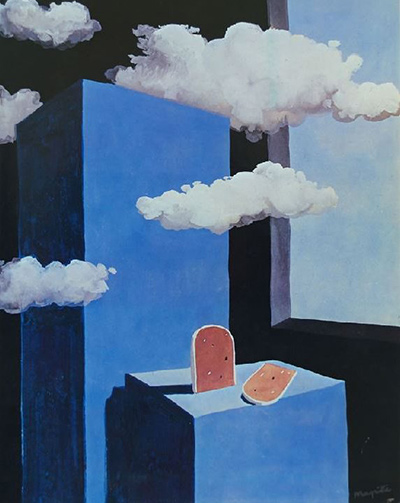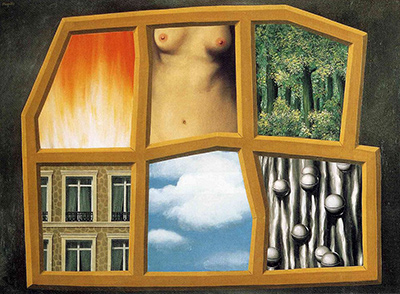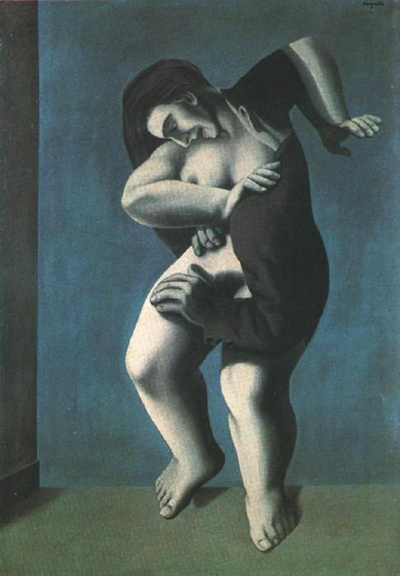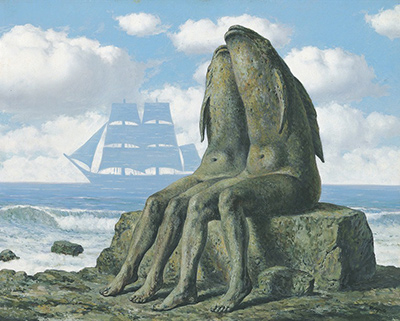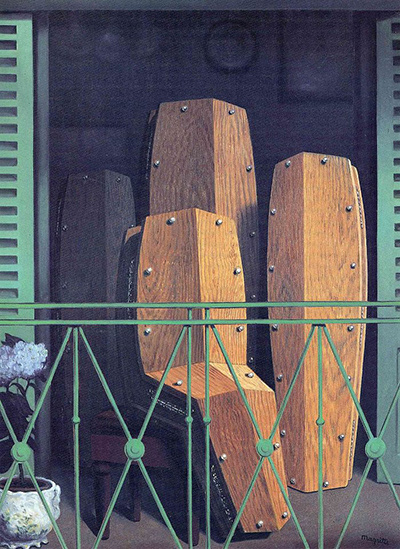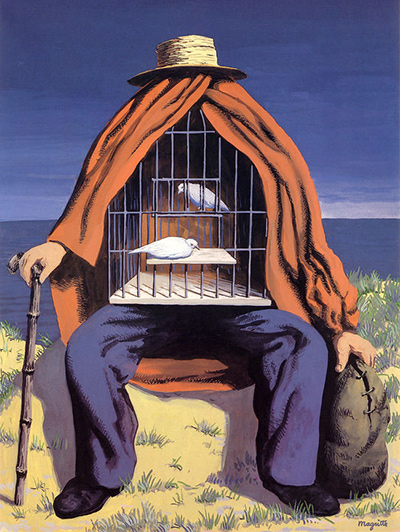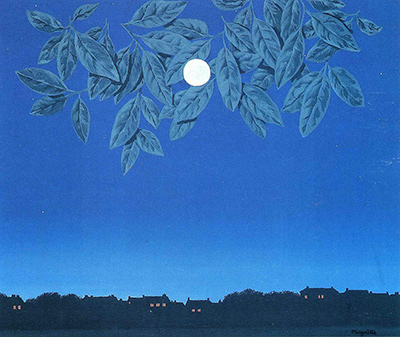The most famous surrealists, of which Rene Magritte was one, provide intriguing ouvres that combine supreme technical skills alongside deeply though out content with their work
Rene Magritte's illustrative skills would be developed early on from his professional work as a commercial artist, where he would produce advertising and literature displays for a nominal salary. At this stage he would not have expected to have risen to the heights that he did several decades later.
There are many examples of notable artistic names who would earn their stripes in a 'normal' job early in their career. The likes of Roy Lichtenstein, Gustav Klimt and Alphonse Mucha would slowly build a reputation through their illustrations, American artist Normal Rockwell also followed a similar path.
Magritte's work within advertising design helped him to understand the techniques needed to produce impact with his work, and some of the finest Rene Magritte paintings such as The Son of Man and False Mirror display this very clearly.
This artist wanted to keep a relative simplicity to his artistic techniques and would also favour reptition with regards his symbolic content. Many other surrealists at this time would endlessly experiment with multiple mediums and style but Magritte prefered to ensure that his message was clear and understood.
The Belgian's illustrative style continued throughout and although other related surrealists may have displiked him, his legacy remains strong today. His lifestyle was particularly low key and unashamedly middle class, as represented by his trademark symbol of the bowler hat which continually returns throughout his oeuvre.
One notable aspect of his work was to combine text and imagery together, something that would inspire future artists and also underlines the changing styles of art within the 20th century. Typography is now acknowledged as a significant element to design and this famous Belgian was one of the first to combine illustration and type together. It also, again, helped him to leave a clear message to his followers.
Magritte did not immediately follow the surrealist path for which he is now most famous. Initially his paintings would be impressionist for several years before then developing in colour towards something more resembling fauvism. It was around eight years after he had studied at the Académie Royale des Beaux-Arts in Brussels that his surrealist work would start to appear.
The artist was to find considerable difficulty in establishing a respected reputation with his highly modern style and it was only around the 1960s that he could start to feel financially comfortable as a full-time artist and able to concentrate fully on his work.
Magritte's work is known to have inspired the likes of Pop, Conceptual Art and Minimalism. Notable names from these art movements include Andy Warhol, David Hockney, Robert Rauschenberg and Jasper Johns.
Pipes and apples feature continuously throughout his surrealist period but the artist was always keen to underline how these life-like images were just that, and not the actual object itself. His use of wording would cement his message. Ceci n'est pas une pipe (This is not a Pipe) is written on The Treachery of Images as one example of this.
A further string to his bow would be the reproduction of famous paintings by other artists, only with his own surrealist style mixed in on top. This was a common theme across the 20th century, with notable surrealists versions also created by Salvador Dali.
Magritte himself had earlier in his career made a living from selling reproductions and original works of others, just to keep his head above water. At least this new technique was more honest and also combined creativity with his undoubted technical ability.



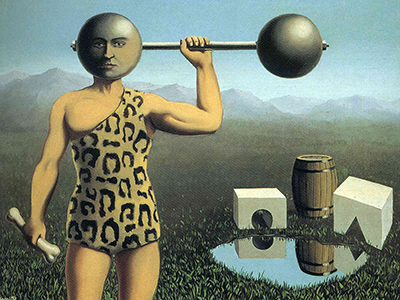
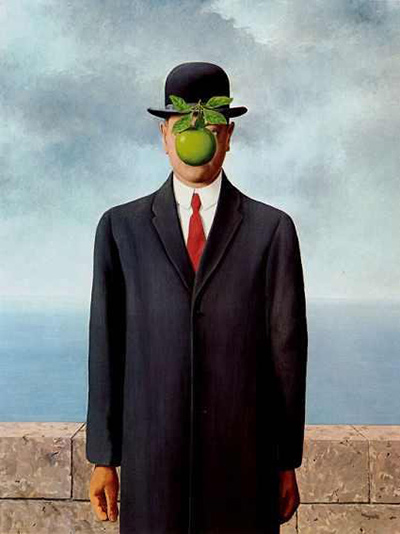
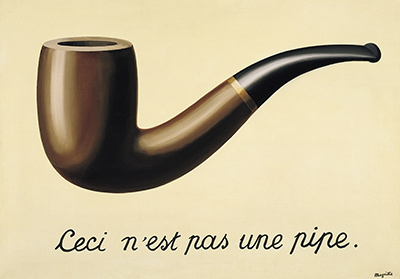
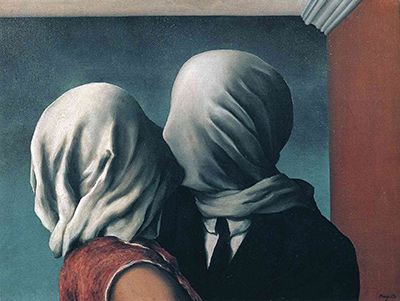
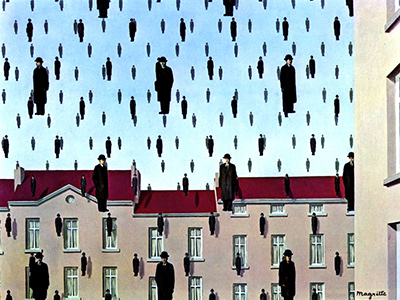
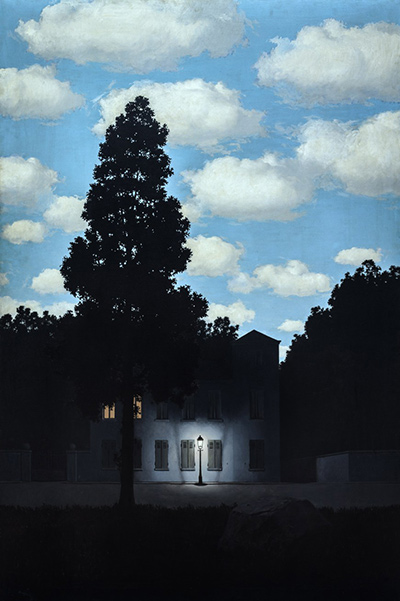
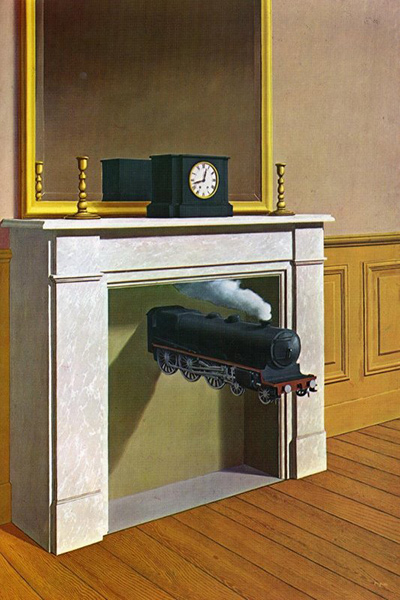
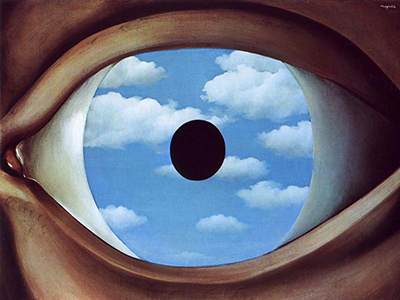
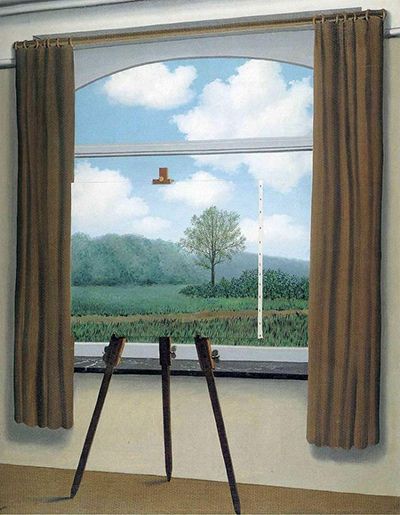
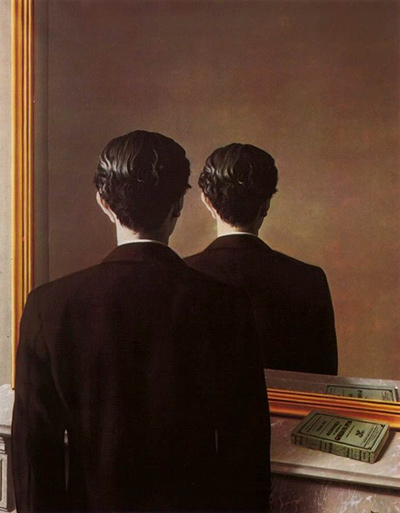
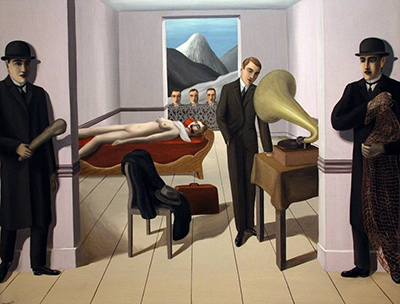
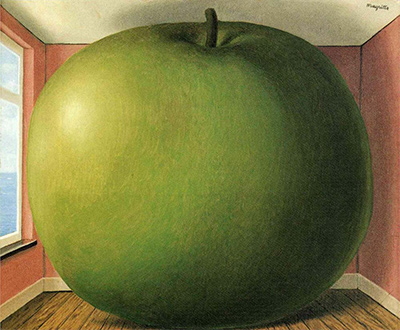
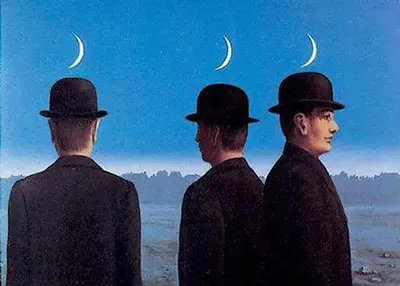
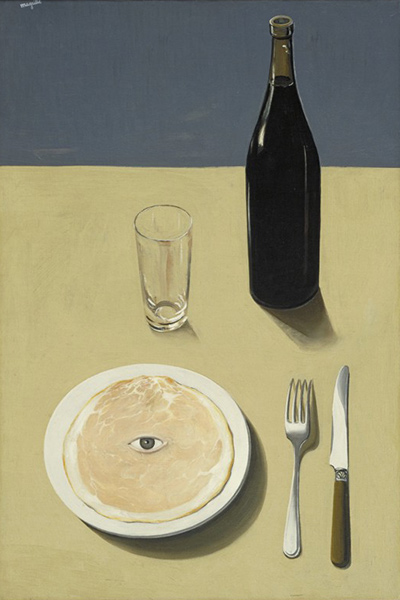
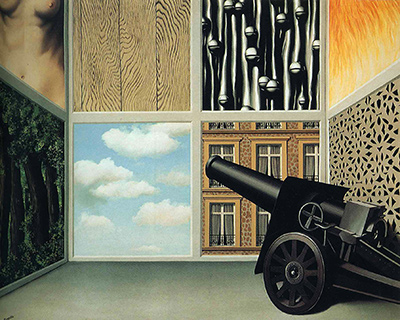
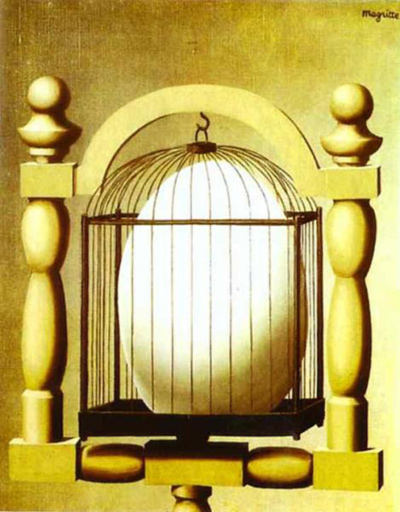
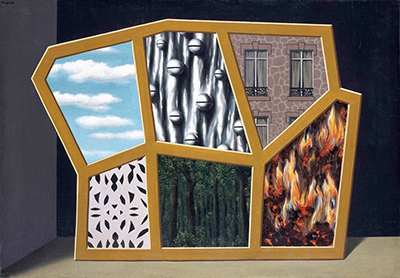
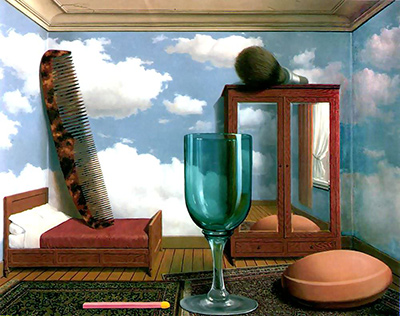
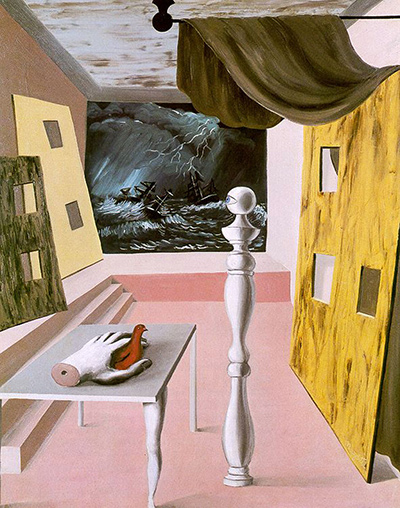
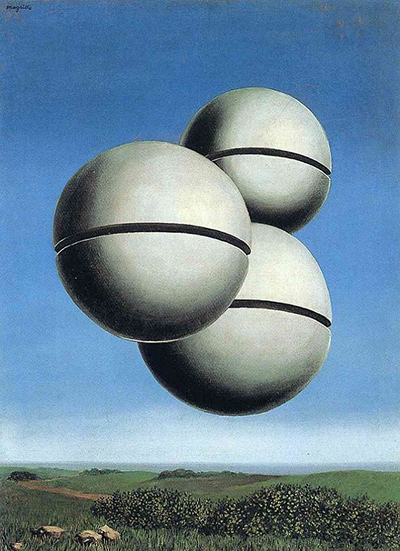
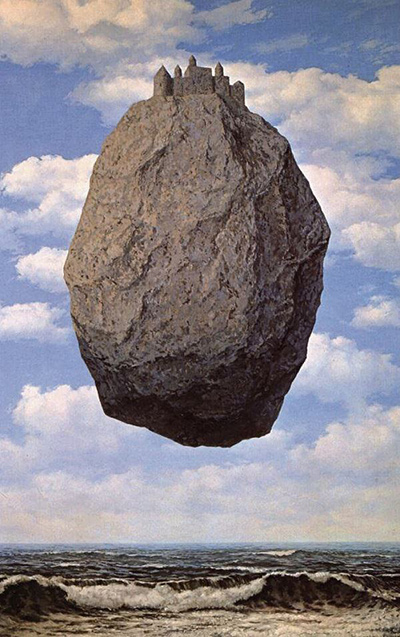
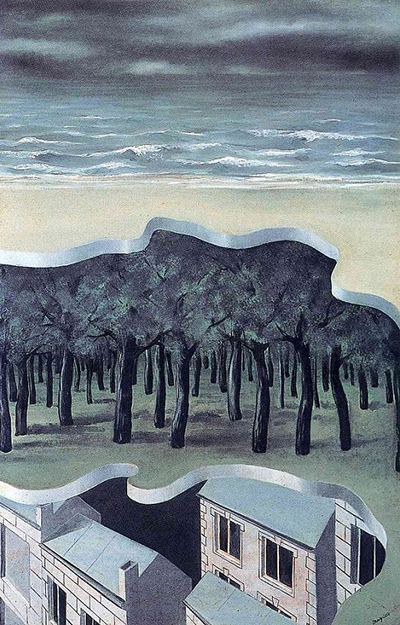
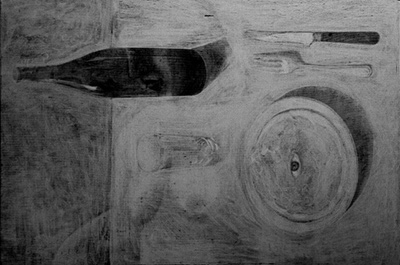
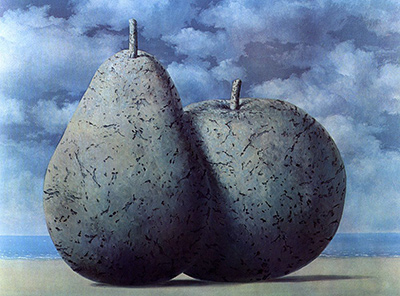
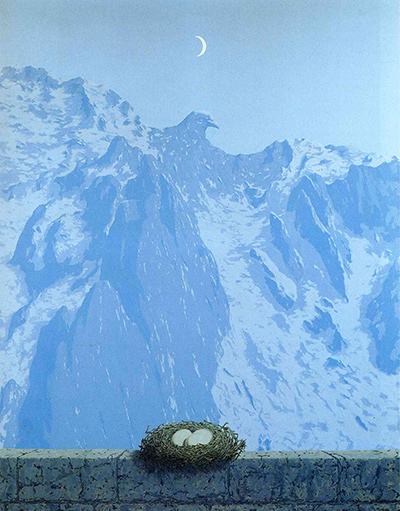
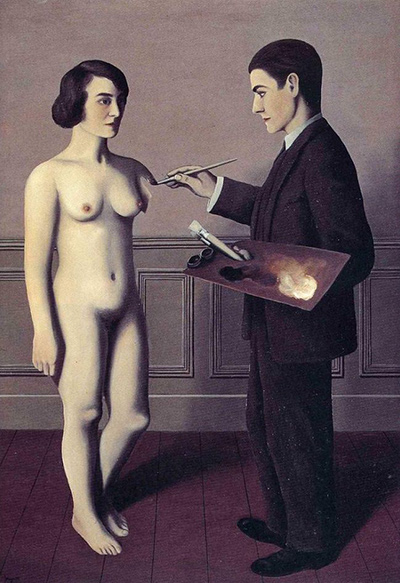
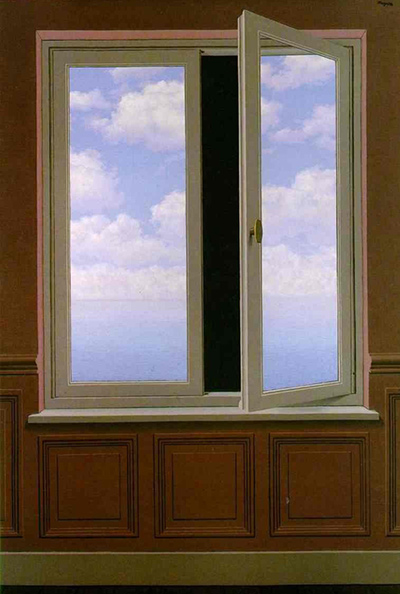
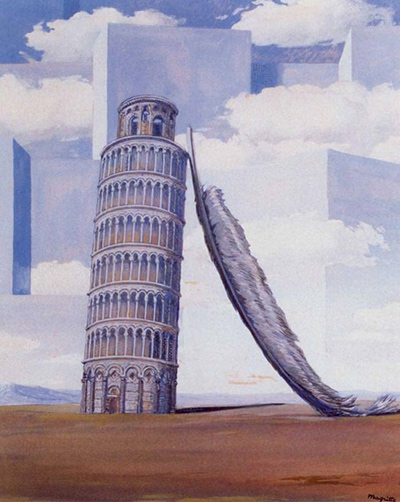
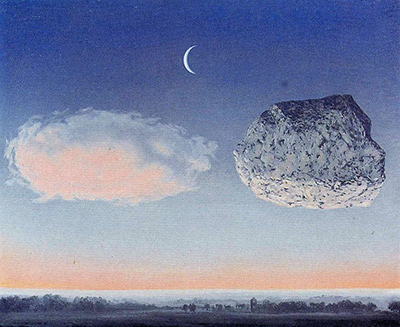
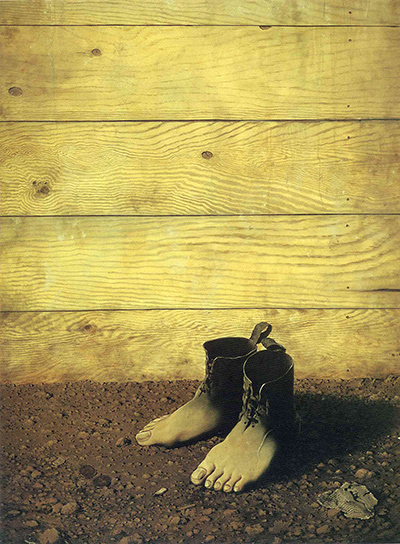
 Rene Magritte.jpg)
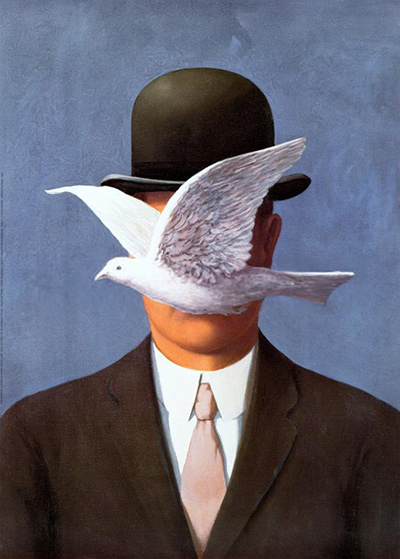
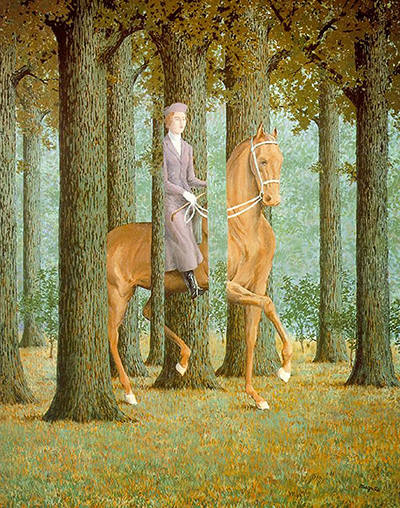
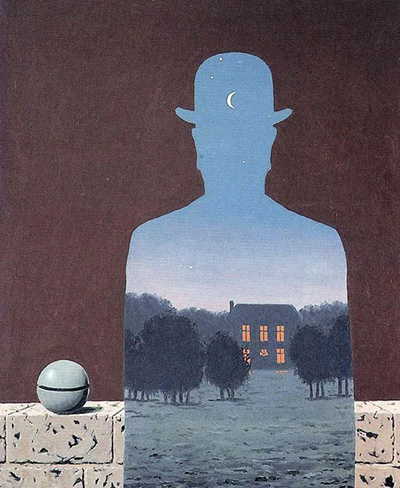
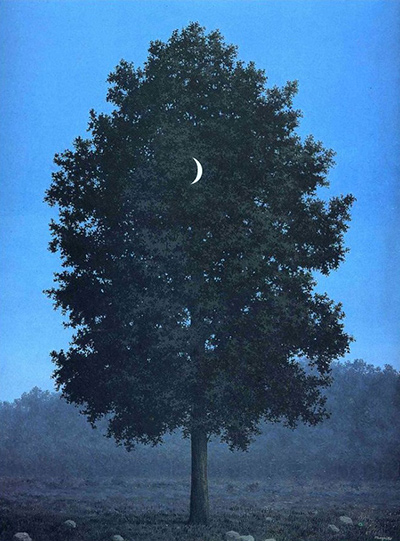
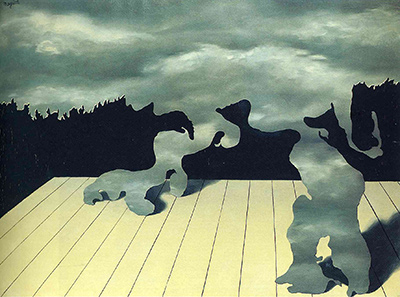
 Rene Magritte.jpg)
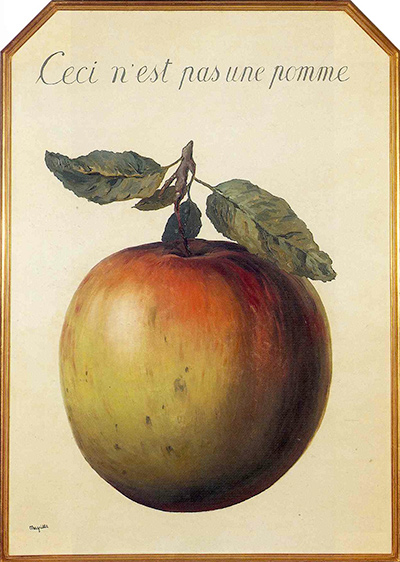
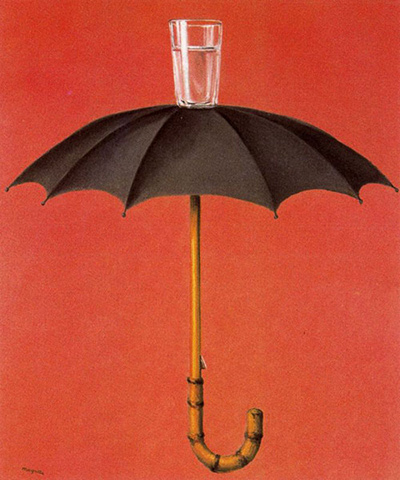
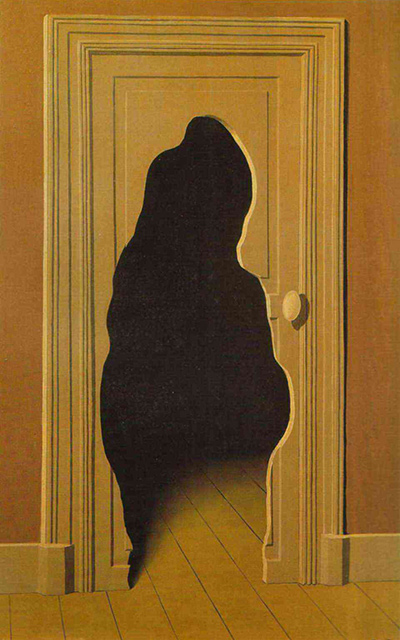
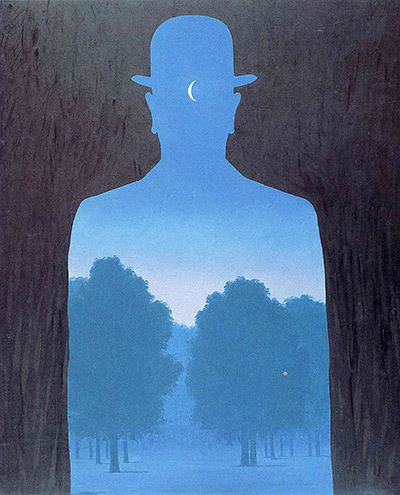
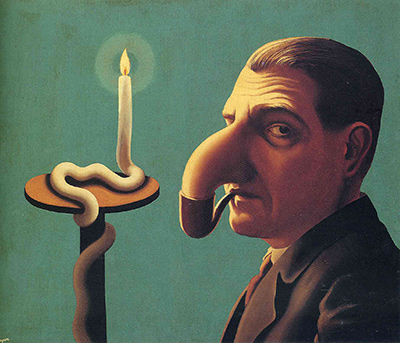
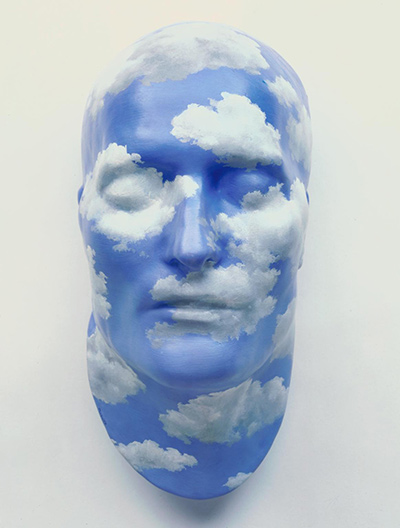
 Rene Magritte.jpg)
